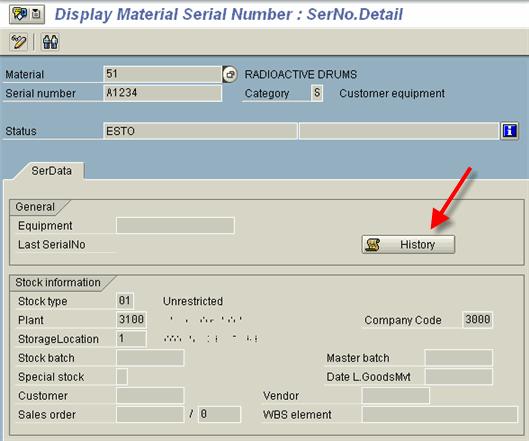

Sap Table Code Mess Things
If you use the replaceAll functionality in Java as we do, you might have iterate over this until there are no further changes or max iteration threshold is reached.The (?i) tells interpreter to ignore casing.The (.*) means match all and (.*?) means match all up to first occurrence of…The brackets in this case also refer to grouping and t he $1…$5 refer to the content of the matched groups.I know there are more elegants way of writting this, but this was the first that came to mind.Note that you still however will have to look out for return inside exception and apply proper handling to that.Sometimes comments In the code mess things up as they contain false keyword then this quick replacement might be handy.(?i)CURSOR (.*?) IS=DECLARE CURSOR $1 FOR -TBD:add : in front of paramsIf you want to deal with explicit cursor this one is help full.(?i)(.*?)EXIT(\s+?)WHEN(\s+?)(.*?)%NOTFOUND (.*?)=$1IF $4::NOTFOUND THEN BREAK END IF (?i)(?s)open(.*?) (\s+?)loop(\s+?)=OPEN $1 $2WHILE DO -TBD review conversion. While working on porting SAP Net Weaver Identity Center to Hana I had great use of blogs and related material for finding my way around the roadblocks.Hence decided to share back some of the insight and hopefully it can help others in the same way it helped me.Most of the migration was done from Oracle to Hana, as the SQL languages seems more similar to each other.Lot of time was saved by creating an small utility that crude ports oracle procedure to Hana.Perhaps it does 70-80% of the work and definitely most tedious part can be automated quickly.The utility is basically based on string replacement and regular expression and some additional logic for handling input and local variables etc.Of course much improvement could be done using a proper language parser, but considered it to ambitious and costly for our needs.In a way I also like it simple and elegant and the regular expression are easily deployed in a text editor/sed or similar and works well for finding recurrent issues.Anyway if you are interested in the full fetched version of the Ora2Hana conversion utility, drop me a mail.Note about syntax, I use = for separation between source and target and !! when = cannot be used.So for most editors you use first part in the 'find what' and the second in the 'replace with' regular expression checked.Often you want to replace one word for another using:This makes it lot safer than normal replacement as it avoiding mixed substring replacement.Also works fine for those cases you also just want to uppercase words.The \b basically means break so it matches breaking characters (space, brackets,tabs etc.)Also attached is a basic keyword list that serve as a template for this kind of replacement.In the utility use an extended one for certain attributes and names spesific for IdM.There is usually lots of variable delcaration and these two regexp might save you a bit of work.Converting Oracle exception can saves you much effort.It is basically just restructing of the elements by using group matcing.(?s)(?i)(.*)BEGIN(.*?)EXCEPTION(.*?)THEN(.*?)END (.*)=$1\nBEGIN\n\tDECLARE EXIT HANDLER FOR SQL_ERROR_CODE 1299\n\tBEGIN\n\t\t$4\n\tEND -TBD review error handling\n\t$2\nEND $5The (?s) causes this to affect multiple lines. This means your existing ABAP code will still work while you implement changes that take advantage of the new functionality and Hana in-memory tables. SER03 is a SAP table coming under CRM module and BBPCRM component.View details, Fields & related tables of SER03 in SAP. Table description : Document Header for Serial Numbers for Goods Movements Module : CRM Parent Module : CRM Package : IQSM Software Component : BBPCRM Here is some free PDF files that you can download free for your reference.
...
Language encoding is restricted to UTF-8.In order to create an OData service, we right-click on the “services” folder of our XS application and create a new “XS OData file” file or we create a simple “file” adding the extension “.xsodata”.A simple XS OData service definition looks like this:Here we define the table (POST) to expose and how this entity will be called (post) in our OData model. For modification operations, for example, CREATE, UPDATE, and DELETE, SAP HANA XS supports only the JSON format (“content-type: application/json”). Data is transferred over HTTP using either the Atom (XML) or the JSON (JavaScript) format.An OData service running in SAP HANA XS is used to provide the consumption model for client applications exchanging OData queries with the SAP HANA database.


 0 kommentar(er)
0 kommentar(er)
